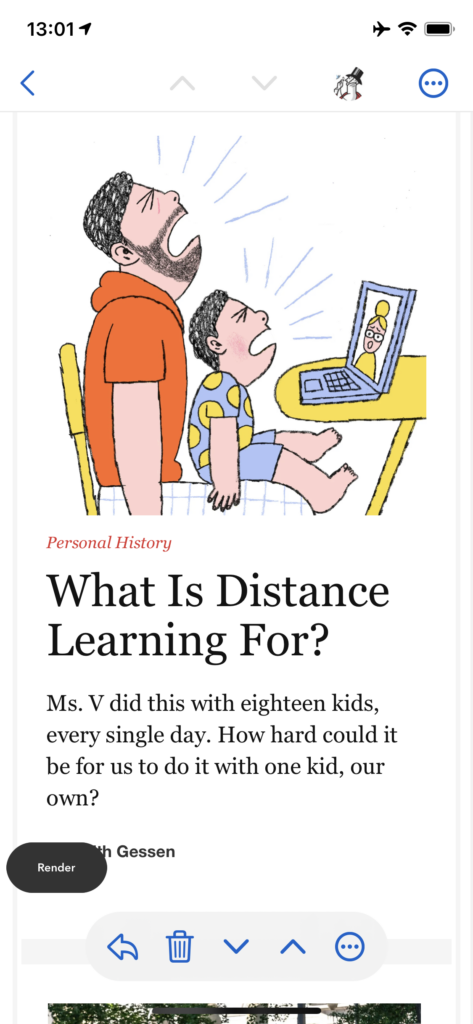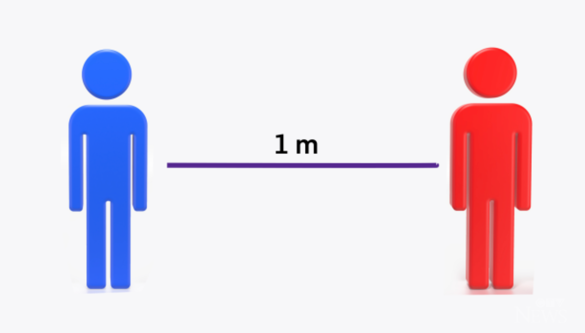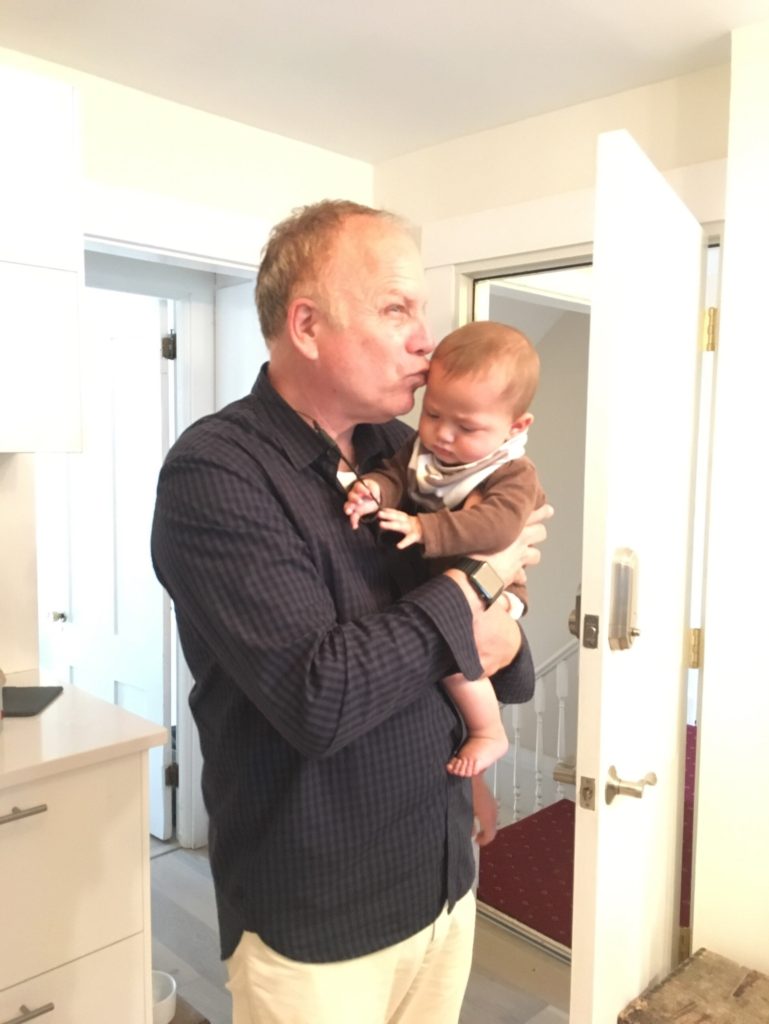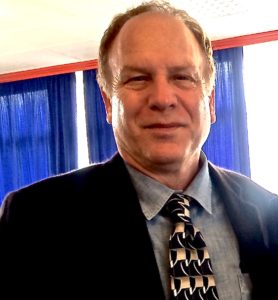
If you visit njvu.org and type in top-10-advantages-and-benefits-of-distance-learning you’ll readily witness that New Jersey promotes online learning for college. However, what if you’re a kindergarten student having graduated from a stimulating preschool filled with blocks and activities to now be shown thanks to COVID your next year long education experience: A computer screen. (see side New Yorker image).
The Academy of American Pediatrics is clear that anymore than 2 hours of ‘on screen’ time can be detrimental to kids, and encourage total ‘turn off’ to learning if they are forced more screen time. Experts suggest screen time for kids leads to obesity, moods swings, even speech delays. In the end, it would appear that if all you exercise is eye and hand movement, other areas of development will falter.
Recently, a colleague and I were asked to ‘weigh in’ on ‘virtual’ as a replacement for ‘brick and mortar’ learning for an elementary age youth — you would think an opinion would be a no brainer.
However, when you add COVID-19 to the mix with a school board that amends regularly the rules and regulations in the face of changes in politics and strategy, you have an interesting conundrum — if the opinion is to return to school, how do you keep kids safe in a brick and mortar school to keep it as safe as a ‘virtual’ experience. The AAP provides guidelines as well as does the Association of School Superintendents in keeping kids within small groupings within ‘bubbles’ or ‘pods’ of learners. What other safeties need to be in place? Are you concerned as parents in what the immediate (and long term) future holds in education?
I have my opinion, and I’m interested in hearing yours in the comment section below.





